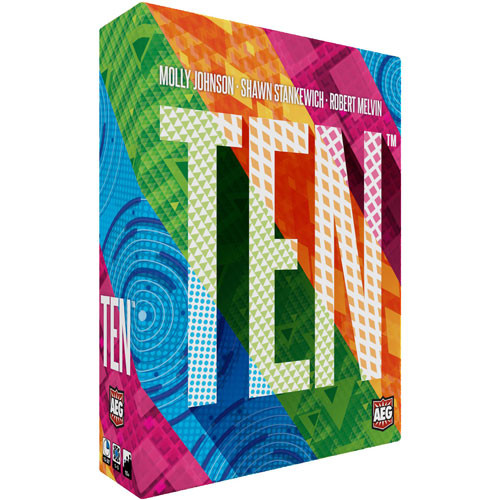Mice 1961 was one of the three finalists for this year’s Pulitzer Prize for Fiction, which ended up going to a fourth book, Percival Everett’s James, causing a minor kerfuffle that I didn’t think was warranted, given how amazing James is and the awards it had already won. In the interest of completeness, however, I decided to read all three finalists to see if any had a reasonable case. Not only does Mice 1961 not have any argument that it should have won over James, it’s just a badly written, badly constructed book, one that never should have sniffed the final three (four).
Mice 1961 is built around two sisters, Jody and her albino sister nicknamed Mice, who you might have said at the time was a little off or perhaps “touched,” and today we might speculate was on the spectrum or something of the kind. The sisters are orphaned, their father long out of the picture, their mother recently deceased, and they live on their own in an apartment with the narrator, a peculiar woman named Girtle who was herself an orphan and ran away from some kind of institution. Mice, the younger of the two, is still in high school and is mercilessly taunted and bullied by the other girls because she’s different – she looks different, of course, and she tends to fixate on small things and ask the same questions repeatedly. The story takes place the night of a big party, to which their whole Miami-area town has been invited, and Jody’s efforts to get Mice to the party so she can socialize while also keeping an eye on her sister.
The fundamental problem with Mice 1961 is that these characters all suck. They’re not interesting, they’re not three-dimensional, and they’re certainly not sympathetic. Mice feels like a parody of an autistic person, and the fact that she’s an albino (Levine never uses the word, but I’m fairly sure that’s the case here) and also somewhat developmentally disabled feels particularly insulting; albinism is a recessive genetic condition unrelated to intelligence. Jody is constantly worried about her sister, but in the way you might worry about a valuable piece of jewelry, not another human; there’s no sense anywhere in the book that Jody cares about Mice, and she does almost nothing to addressing the bullying other than complain to the police officer who (I think) is sweet on Jody and humors her whining. I spent most of the book wondering if any of these characters weren’t really there, especially Girtle, because so much of what they say and do seemed nonsensical, and Girtle often describes things that she couldn’t have seen without becoming part of the scene. It might have been a better book if she were a ghost or spirit or something else unreal, because I couldn’t figure out what her purpose was other than to be a sort of third-party narrator without requiring Levine to use the third person.
The party takes up most of the latter half of the book, and it’s full of local people who speak and act in bizarre and totally unrealistic ways. The party is a potluck, and at some point there’s a contest, sort of, although it’s more like each person announces what they brought and then maybe someone jumps in to insult them. I mean, I wasn’t at any potluck parties in 1961, but I think they were probably more fun and less full of assholes than this one.
Needless to say, I hated this book from start to finish – and I can’t even figure out what its point is. Why does this book exist? What is it telling me? This isn’t some moment in time or history or the culture that required documenting. It’s not a story about interesting people, and it’s not a story about larger issues like gender or race or the times a-changing (which they were in 1961). Absurdity for its own sake wears out its welcome very quickly. How this book made the final three in the Pulitzers is completely beyond my understanding.
Next up: I just started Josephine Tey’s The Man in the Queue, the first of her six mysteries featuring the character Inspector Alan Grant.
